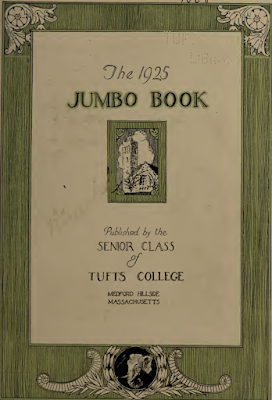Three of my husband's great uncles in the SLATTER family, born into poverty in Whitechapel, grew up to become well-known military bandmasters in Canada.
I've been tracing their descendants as I write bite-sized family-history bios to share with relatives and post to my online family trees.
Albert William Slatter & family
Currently, I'm deep-diving into the children and grandchildren of Albert William Slatter (1862-1935), married to Eleanor M. Wilkinson (1865-1950).
After earning a pension with the British military, Albert moved to Ontario, Canada and became bandmaster of the 7th London Fusiliers. (A digitized copy of this regiment's history, 1899-1914, mentioning Bandmaster Slatter, is here.)
Albert and Eleanor's oldest child was Maud Victoria Slatter, born June 21, 1887. She was my hubby's 1c1r, born 135 years ago.
Early in her life, she was listed as Victoria Maud Slatter on official documents. Later, she was listed as Maud Victoria or just Maud.
England or Egypt?
On a few historical records (such as the 1911 Canada Census and a 1932 border-crossing card from Canada to Buffalo, New York), Maud's birthplace is shown as England.
But more documents (including the 1950 US Census and multiple border crossing documents between Canada and New York) indicate her birthplace as Egypt, sometimes specifically Cairo.
Egypt was plausible as Maud's birthplace, given that her father's British military pension record included a period of 23 months in Egypt. But I wanted confirmation.
Research hints on Family Search
To investigate further, I went to Family Search, where Maud was already part of the collaborative family tree. There were two research hints from a database called British Armed Forces and Overseas Vital Records. I've never seen this database before!
Clicking on both hints, I was happy to see they confirm Maud Victoria Slatter's birth in Cairo, Egypt, as shown in the index image at top. Both index sources are now attached to the collaborative tree and will be shown as sources in my other online trees.




























